The Lazy Architect's Guide to Enterprise Software
posted by John Spacey, February 04, 2011At first sight, the world of enterprise software appears complex and daunting. An endless parade of buzz words and three letter acronyms such as cloud, SOA, ERP, ESB, BPM — that many people use but few can explain.
There are many sources of information: vendor marketing sites, white papers, developer guides, forums and blogs. But few of these ever says directly what SOA, ERP, ESB etc... do.
The lazy enterprise architect views Enterprise Architecture in terms of architectural patterns and business functions. A good description of enterprise software does not need to be longer than 10 words.
Enterprise Service Bus (ESB)
Architectural Pattern: decoupling of message consumers and producersRelated Design Patterns: publish/subscribe, request/reply, synchronous/asynchronous
Analogies: postal system, the internet
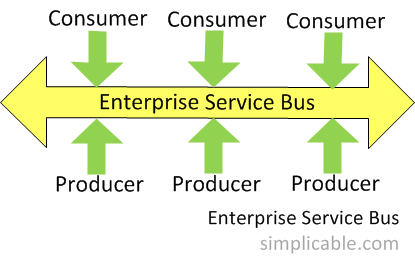
The main alternative to ESB — point-to-point messaging generally results in more complex solutions.
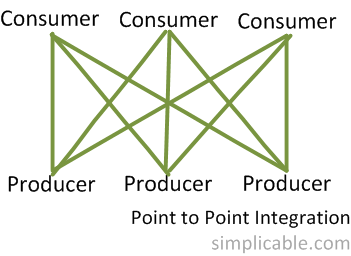
Extract, Transform, Load (ETL)
Architectural Pattern: copies data from one data store to anotherRelated Design Patterns: batch, data discovery, job scheduling, data validation
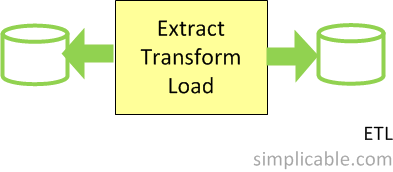
Service Oriented Architecture (SOA)
Architectural Pattern: building software from discoverable, loosely coupled, reusable services.
Enterprise Resource Planning (ERP)
Business Function: manage core enterprise information and processes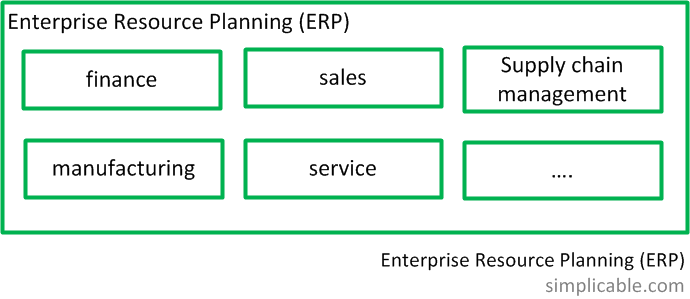
Business Process Management (BPM)
Architectural Pattern: automatic process coordinationAnalogy: American football playbook
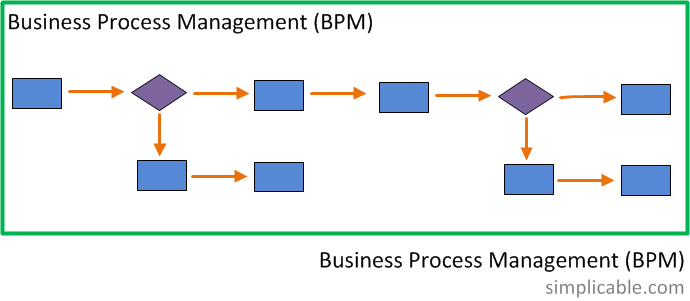
Cloud
Architectural Pattern: make many resources appear as oneAnalogy: black box
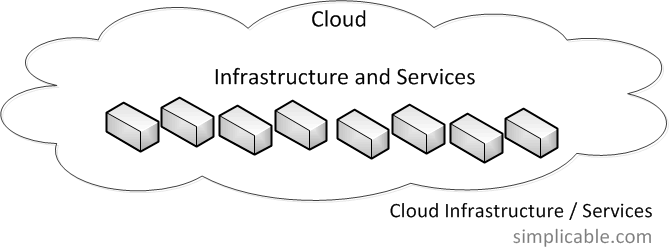
Virtualization
Architectural Pattern: make one resource appear as manyAnalogy: time share vacation property
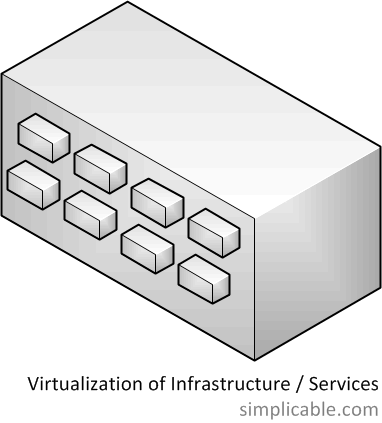
Customer relationship management (CRM)
Business Function: manage interactions with customers and prospective customers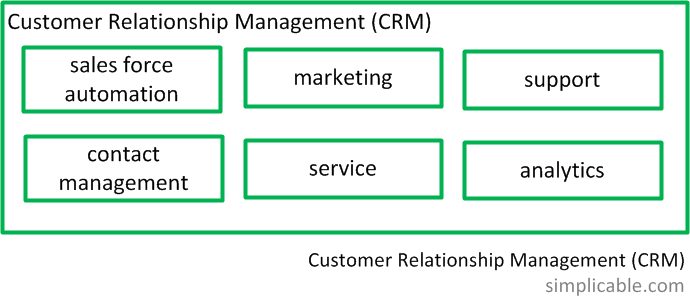
Web Portal
Architectural Pattern: self-serviceAnalogy: self service gas station
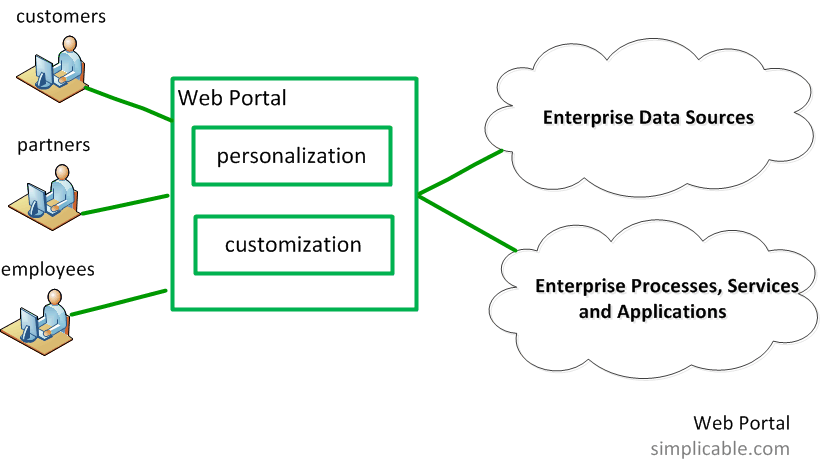
Content Management System (CMS)
Architectural Pattern: self web publishing
Unified Communications
Business Function: instant messaging (IM) with voice, video and information sharing tools.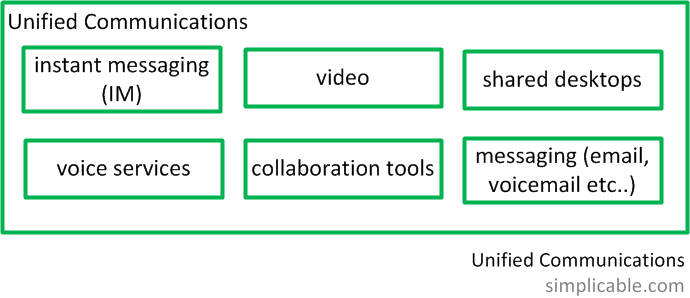
Business Intelligence (BI)
Architectural Patterns: data analysis, decision support system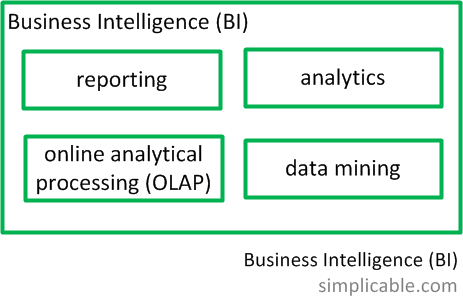
Data Warehousing
Architectural Pattern: data archive optimized for general purpose reporting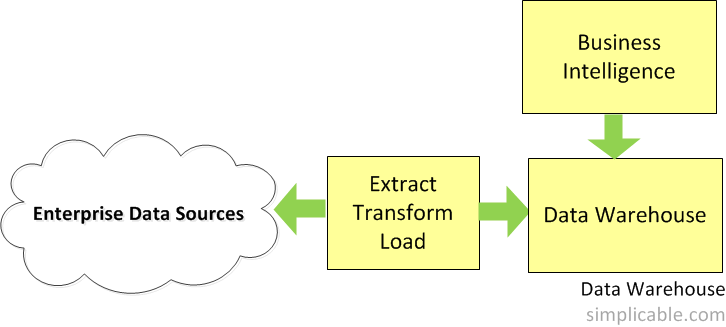
Datamart
Architectural Pattern: data archive optimized for reporting for a specific line of business
 SOA for the confused
Debunking a few myths about SOA.
SOA for the confused
Debunking a few myths about SOA.
|

|
Don't worry about people stealing your ideas. If your ideas are any good, you'll have to ram them down people's throats.
~ Howard Aiken |

|
Enterprise Architecture (EA) is supposed to help manage IT risks
— but is it possible that EA itself introduces new risks? |

|
Modern technology customers and industry insiders are faced with a constant stream of change. Human ability to adapt to this pace of change is remarkable. |
Recently on Simplicable

| Canary Trap Explainedposted by Anna MarA digital signature embedded in information that can be tied to a source such as an individual or an IP address. |

| Honeypot Explained (Security)posted by Anna MarA honeypot is decoy designed to distract attackers from your information infrastructure. |

| The Difference Between Public, Private and Hybrid Cloudposted by Anna MarPopular ideas such as cloud computing get twisted, turned and flipped upside down before anyone can agree on common definitions. |
















